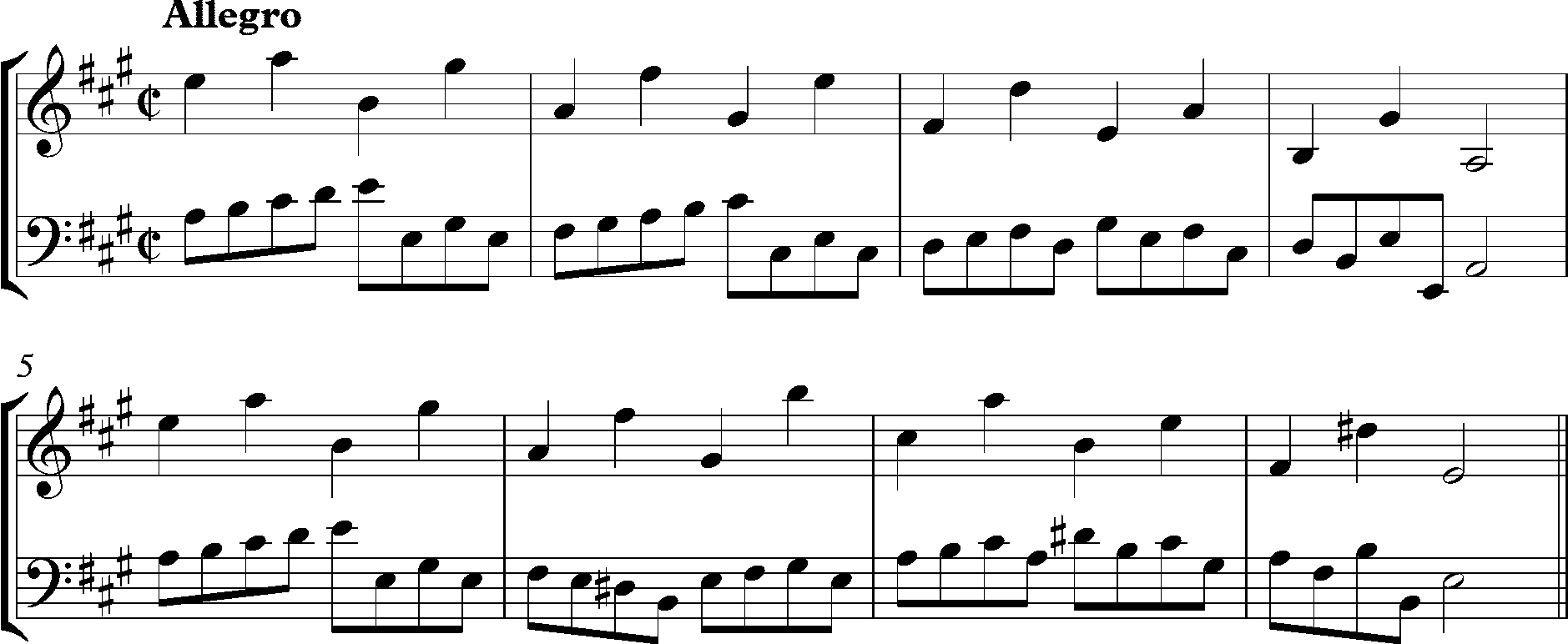Music Theory : Building Chords heptatonic scale Instead of Vocally
In classical music theory, chords are created and analyzed heptatonic scale, or are built on the melody as to how each note relates to scale or key.
In Pic A, here you see one of the most common chord progressions in C's major pop / rock music, in this case, in the C key identified by your name and by your function in the key C
A major raga is built on the root, 3rd, and 5th tones of the scale, and a minor raga that flatted the root of the larger scale is the 3rd, and 5th ot. Is included. For a prime 7 sargam one calls a flat 7.
Because a large scale consists of the following patterns (sometimes referred to as two tetrachords); Complete step, full step, half step, full step, full step, full step, half step; The same raga tonic or i raga created on c will be considered; The melody made on F will be subdominant or IV chord; The raga created on the ji will be the major or V raga, etc.
Country music is generally interesting since the polar opposite of classical music can be strictly considered in its relative harmonic simplicity compared to most genres, Nashville studio musicians identify chords of I, IV, V7 etc. by identifying the same melody To teach each other songs by calling out, in reference to their function in the raga name instead of the key, it allows them to play the song in any key. A allows for learning.
But if you are more model in nature and the chord plays function in the key, don't you just care about what the songs are writing? Or what if you just want to learn to build chords by picking them out on a piano or guitar with a singer or for a player?
If so, heptatonic scale thinking of them might be an easier and better method rather than chromatic.
Colored scales are made on half-step, eg, C # to D # for development to C #, etc.
So, put into practical terms that if you press under your thumb on any note on a keyboard or guitar, count that note as one, and then count half steps to 5, and finally up To add another note to continue to
Similarly, a minor chord will be 1, 4, 8 and a minor 7 will be 1, 4, 8, 11, while a major 7 will be 1, 5, 8, 11.
In photo 2, here you see the same chord progression labeled by its colored structure.

Here are all the most common types of chords used in pop / rock music, created in Pic 3 and analyzed varnish. By using this method, you can become chords out in your head without having to be quite fluent on your tool.

Music Theory : Building Chords heptatonic scale Instead of Vocally
![Music Theory : Building Chords heptatonic scale Instead of Vocally]() Reviewed by Fledgling Guitar
on
May 05, 2020
Rating:
Reviewed by Fledgling Guitar
on
May 05, 2020
Rating:

No comments:
If you have any doubts, Please let me know